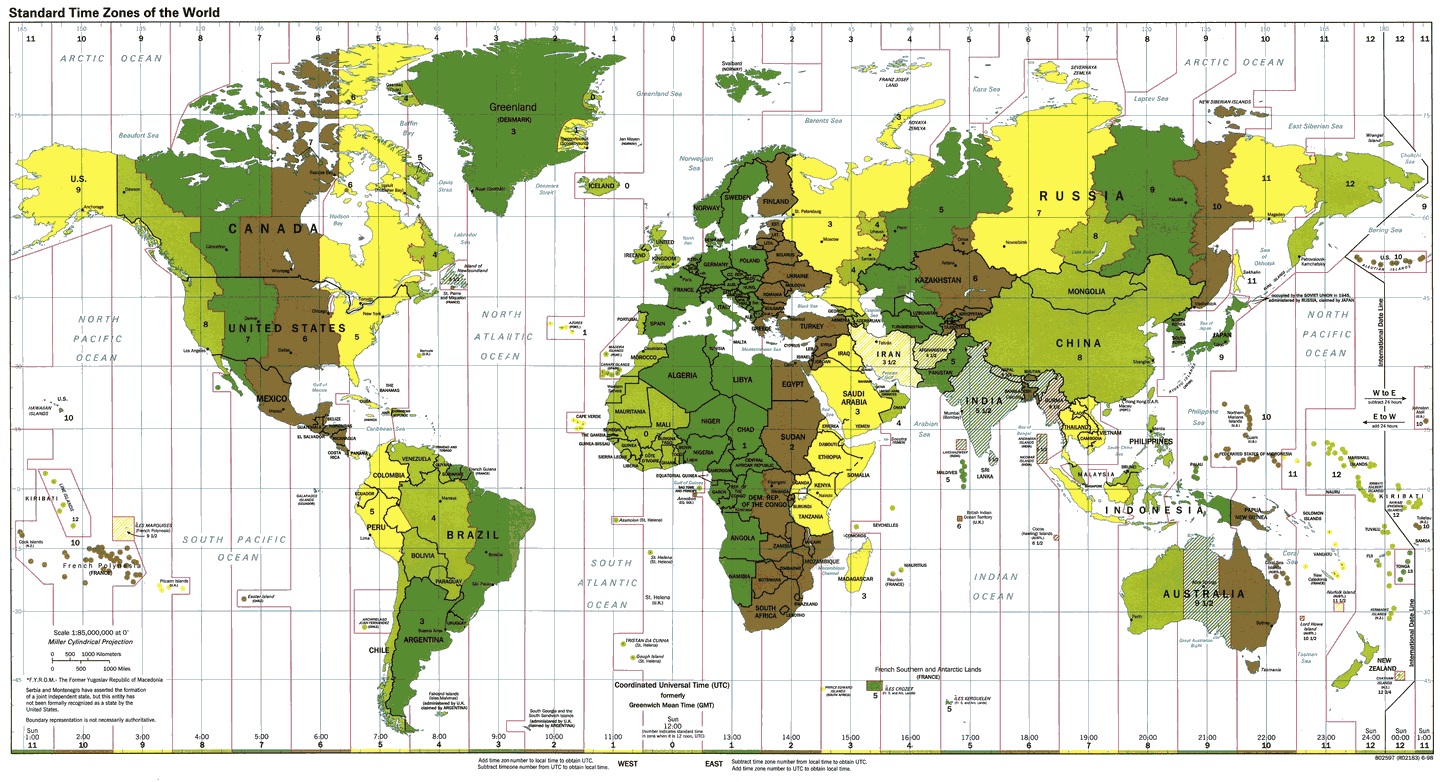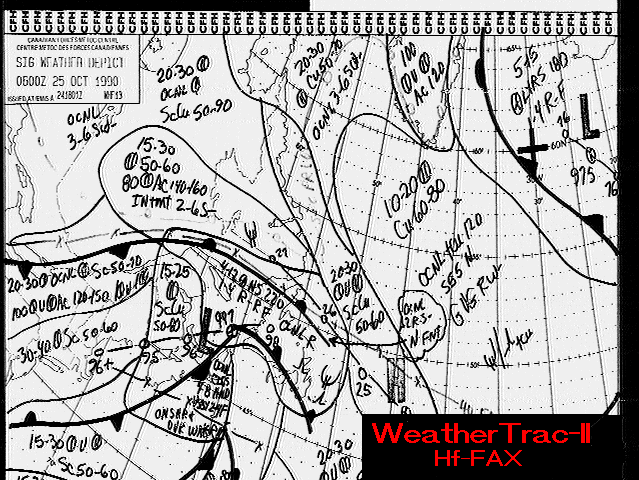Getting Started in SW Listening - Part 2
Where, When, and How to Tune In
By Ken Reitz KS4ZR, MT Beginner's Corner
All
of us take for granted how the FM band works. We’re familiar with the stations
in our area, where they are on the band and when our favorite programs are
broadcast. Things rarely change. FM signals are more or less the same, day or
night, summer or winter, with or without any advantage of solar cycles.
Shortwave signals couldn’t be more different. Some frequencies are used only
during the daylight hours while others are used only at night. Seasonal changes,
the rise and fall of the 11 year solar cycle, current solar conditions, and
local weather systems all play critical roles in reliable shortwave reception.
Newcomers
to the shortwave bands can feel lost in the expanse of seemingly unused
spectrum. There can be large gaps between stations on one shortwave band while
others stations appear to be clustered tightly together. Stations transmit for
an hour or more and then disappear. A rainbow of languages and music come and go
on the bands without any semblance of order. How can you know where to tune to
hear what you want? How can you know when to tune?
First,
we need to understand a few shortwave radio basics.
Shortwave Radio Basics
Shortwave
radios can be divided into two groups. Analog radios have “slide
rule” style dials along which a pointer floats and the radio is tuned by
turning a knob which causes the dial to move left or right along the printed
dial. A digital radio has a Liquid Crystal Display (LCD) panel which
indicates the exact frequency to which the radio is tuned. Tuning the radio can
be done by entering the frequency directly via a tone-style pad on the front or
by twisting a knob which causes the display panel to go up or down in frequency.
Analog
display radios are usually cheaper than the digital display models, and tuning
with an analog radio is more difficult because exact frequencies can’t be
determined. Digital displayed frequencies are easier for the newcomer, because
you simply enter the known frequency of the station to which you would like to
listen and the radio tunes exactly to that spot.
SHORTWAVE BROADCAST BANDS (AM)
(from reference section at www.monitoringtimes.com)
| 2300-2495
kHz |
120
Meters |
| 3200-3400
kHz |
90
Meters |
| 3900-4000
kHz |
75
Meters |
| 4750-5060
kHz |
60
Meters |
| 5850-6200
kHz |
49
Meters |
| 7100-7350
kHz |
41
Meters |
| 9400-9900
kHz |
31
Meters |
| 11600-12050
kHz |
25
Meters |
| 13570-13800
kHz |
22
Meters |
| 15100-15800
kHz |
19
Meters |
| 17480-17900
kHz |
16
Meters |
| 18900-19020
kHz |
15
Meters |
| 21450-21850
kHz |
13
Meters |
| 25600-26100
kHz |
11
Meters |
Shortwave
broadcast transmissions use the AM mode over a set of frequencies which stretch
from just above the AM broadcast band (1.8 MHz) to just below the VHF low band
(30 MHz). International shortwave broadcasting is done primarily within several
sets of frequencies known by their relationship in wavelengths as measured in
meters [see shortwave frequency chart]. For instance, the popular 49 meter band
is a small set of frequencies around 6 MHz. The higher the frequency, the
shorter the wavelength in meters. The 19 meter band is around 15.5 MHz.
The
shortwave broadcast bands have been determined by international convention
through a group called the International Telecommunications Union (ITU).
Virtually all international broadcast stations transmit within the confines of
these preset bands. During the daytime, when the sun energizes the atmosphere,
shortwave transmissions can bounce off the ionosphere back to earth and back
skyward, sometimes taking several hops to travel halfway around the globe. At
night, when the atmospheric energy is dissipated, the higher frequency signals
can no longer bounce, and the higher frequencies which had been active during
the day with great shortwave signals are now quiet. Typically, the higher
frequency bands are active during the local daylight hours and the lower
frequency bands are more active during the evening hours local time.
Get a Guide
It’s
not long after first tuning a shortwave radio that the listener can become
frustrated looking for a particular station. Even after locating the station,
it’s hard to determine what the program line-up is. That’s when you find
that you need a guide. Each broadcast service such as the BBC, VOA, Radio
Netherlands, etc. has a complete program guide on their web site along with a
frequency schedule. But, if you are interested only in English language
broadcasts, you can save yourself hours of web surfing and radio tuning by using
a comprehensive guide such as the one found in the center pages of Monitoring
Times. The Shortwave Guide is a 20 page listing of most international
broadcasters and is updated each month.
The
MT Shortwave Guide is divided into two listings. The first listing is by
frequency and time and indicates which transmission is aimed at what part of the
world. For instance, at 7:00 pm ET we see that CFRX Toronto, Canada, can be
heard on 6.070 MHz and that it’s a domestic broadcast intended for Canadian
listeners, but should be widely heard throughout much of the US. At 11:00 pm ET
we see that Voice of Russia Radio can be heard on no fewer than eight
frequencies, all aimed at North America. Using this part of the listing, simply
check the clock, see what time it is and look for that time slot in the guide.
The lengthy list gives you dozens of shortwave broadcasters to look for.
The
second part of the MT Shortwave Guide is devoted to programming. It, too,
is organized by time, but since space is limited, an ever-changing variety of
programming is suggested for peak listening hours. For example, at 5 pm ET HCJB,
Ecuador, features DX Partyline and Latin American & World News
among others. At the same time Deutsche Welle will air News, a
journalists' roundtable and a program on religion and society. Radio Habana Cuba
will feature news, Weekly Review, and Shortwave DXers Unlimited,
among others.
Look
over the selected program guide at the time slot you’d like to be listening
and then refer to the frequency guide for the exact location on the dial. Now
the whole shortwave spectrum makes sense and it couldn’t be easier.
Time on Your Hands
When
listening to shortwave stations you’ll hear the time announced in 24-hour
format such as “1350" followed by the words “Greenwich Mean Time” or
“GMT” or “Coordinated Universal Time” or “UTC.” Since shortwave
radio stations transmit over the entire span of the globe and its 24 time zones,
it’s very convenient to have one time which everyone can understand. Here’s
how the U.S. government’s National Institute for Standards and Technology (NIST)
explains it:
“In
1970 the Coordinated Universal Time system was devised by an international
advisory group of technical experts within the International Telecommunications
Union (ITU). The ITU felt it was best to designate a single abbreviation for use
in all languages in order to minimize confusion. Since unanimous agreement could
not be achieved on using either the English word order, CUT, or the French word
order, TUC, the acronym UTC was chosen as a compromise.”

To
make things even simpler, the acronym UTC is often replaced by the letter Z to
indicate UTC. So that, in our example, “1350 UTC” may be written as 1350Z or
announced as “1350 Zulu.” To understand the animosity which must have cut
through the technical meetings back in 1970, you have to remember that most
stations had been using the British designation Greenwich Mean Time and the
abbreviation GMT for decades. You can imagine that things got a little testy
when the British and French factions simply wouldn’t budge on their
positions, thus giving us all a compromise acronym.
You’ll
also note that the British never did give in. The BBC World Service still uses
Greenwich Mean Time or GMT when announcing the time or their program schedule.
You can check the actual Coordinated Universal Time with your shortwave radio by
tuning in the US official time signal station WWV, Ft. Collins, Colorado, at
2.500, 5.000, 10.000, 15.000, and 20.000 MHz. The announcements are computer
generated and controlled by the National Bureau of Standards atomic clock. For
more information about these time signal stations visit the NIST web site at http://www.boulder.mist.gov/timefreq/service.
Canadian
shortwave listeners can listen to CHU transmitting from the Dominion Observatory
in Ottawa, Ontario, on 3.330, 7.335 or 14.670 MHz. Other countries provide
similar time signal stations, an unofficial list of which can be found at http://www.scn.org/IP/nwqrp/archives/misc/beacon.html.
You
may find it convenient at your listening post to have a clock which designates
UTC. Small, inexpensive, digital clocks with 24 hour formats can be found in
various shortwave product catalogs and range in price from $10 to $55.
Strange Sounds on
Shortwave
Casual
listeners tuning across the shortwave bands in the AM mode often encounter
strong signals transmitting what appear to be alternating tones or a buzz or
whine. These stations never have audio announcements nor appear to identify
themselves. What are they?
These
are stations transmitting digital data. Some are in the form of a variant of
Radioteletype (RTTY) while others sent imagery such as weather facsimile (WEFAX)
and their identification is in the data stream. In the days before satellites
the high frequency (HF) shortwave bands were packed with RTTY Baudot signals
from virtually every international news service such as Reuters or United Press
International (UPI). For decades these news services transmitted bulletins to
their affiliates around the globe in the very inexpensive and easily accessed
method using the RTTY Baudot code.

Now
virtually all such services have moved their transmissions to geostationary
satellites, but a handful remain and are easily copied using a simple interface
between your shortwave radio and your computer. In addition to being able to
display RTTY, these modems can also display weather satellite imagery, weather
charts, Morse code transmissions and even Slow Scan Television (SSTV) used by
amateur radio operators. The modems and associated software are available
through most shortwave mail order catalogs.
There
are still large numbers of agencies using the HF bands to transmit digital data
including messages from governments to their foreign embassies, e-mail being
sent to sailors on merchant vessels, or to cruise ships or military traffic to
ships at sea. But the data being transmitted with these systems use more
sophisticated modems and software and is beyond the scope of this article
series. You'll find these regularly covered in the Digital Digest column,
and also in this month's feature on Who's Who in the Radio Spectrum.
Among
other strange sounds you’ll hear in between the international shortwave bands
will be random voice exchanges, intermittent data bursts, and the famous
“numbers” stations which mysteriously appear on certain frequencies with a
male or female voice announcing a long series of numbers in English, Spanish,
German, Chinese and several other languages, and said to be secret messages
being transmitted to agents in the field. Well, there’s still enough intrigue
on the shortwave bands to fill several novels and all you have to do is tune in.
You never know what you might hear: Russian Navy, Israeli Intelligence, U.S.
Customs Service, or even Air Force One.
Next
Time: Digging deeper into the shortwave bands. Shortwave listening clubs
and organizations, improving your listening post with a better antenna, external
filter devices, and the art of QSLing.
|
